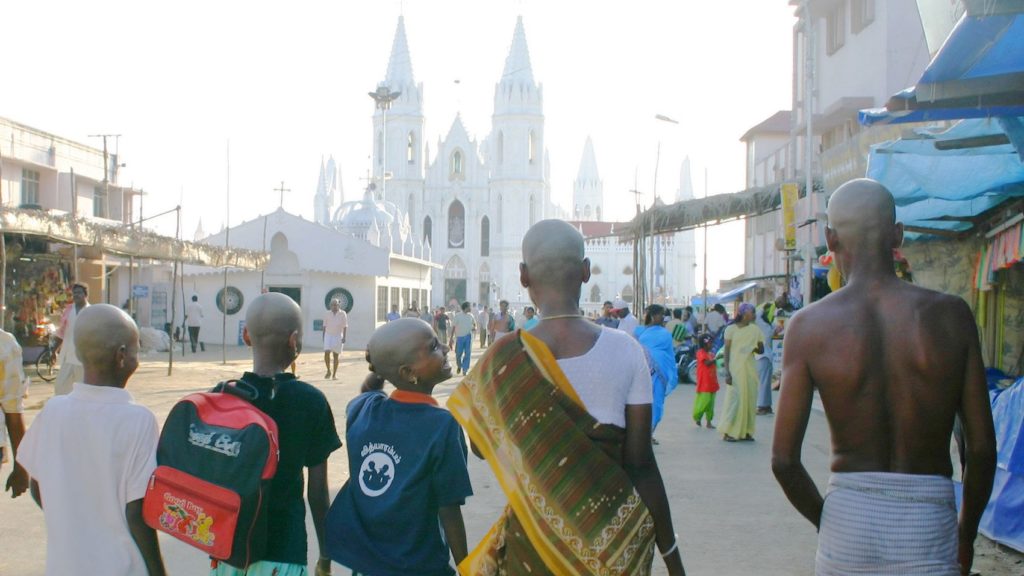The pilgrimage of tens of thousands of Hindus and Muslims to India's Catholic Basilica of Our Lady of Good Health in Vailankanni is a sign of God's love, not a reason for concern, the Vatican's doctrinal chief said.
"The millions of pilgrims who travel here out of faith, and the many spiritual fruits that are produced at this Shrine, make us recognize the constant action of the Holy Spirit in this place," Cardinal Víctor Manuel Fernández, prefect of the Dicastery for the Doctrine of the Faith, said in a letter dated Aug. 1 and posted on the dicastery's website.
The basilica is visited by millions of people every year, and up to 1 million people descend on the seaside town every year for the shrine's main celebration between Aug. 29 and the Sept. 8 feast of the nativity of Mary.
Many non-Christian pilgrims "seeking solace" also benefit spiritually, Cardinal Fernández wrote.
"Some of them are healed of their illnesses and many find peace and hope," the cardinal said. "Without doubt, the Holy Spirit is also at work in them, responding to Mary's intercession. This should not be considered as a form of syncretism or mixing of religions. The Sanctuary is a place where the closeness of Mary, who welcomes everyone and demonstrates the love of the Lord to those who reflect on it, is manifested."
"Those who cannot receive the sacraments of the Catholic Church" because they are not baptized, "are not denied the consolation of the Mother of Jesus," the cardinal wrote.
"Together with the Holy Father Pope Francis, I recall the spiritual beauty of this place of faith," he said in the letter, which included a notation that the pope saw its contents during an audience with the cardinal Aug. 1.
"The Holy Father cares a lot about the popular piety of the faithful pilgrims, because they reflect the beauty of the Church on the move which seeks Jesus in the arms of Mary and entrusts its pain and hope to the heart of His Mother," he said. "For this reason, Pope Francis asked me to inform you of the great appreciation he feels for this place of faith and, in preparation for the September celebrations in the Sanctuary, he extends his paternal blessing to all pilgrims."
The letter also referred to "the beautiful traditions" of reported apparitions of Mary in the 16th century in Vailankanni, a small village in southern India on the Bay of Bengal. According to tradition, a Hindu boy delivering milk had fallen asleep near a pond there. He awoke to see Mary, who requested milk for her son. The boy obliged. When he got to his next customer, he was surprised to find that his milk pot was overflowing.
Later, tradition says, Mary appeared to a lame boy selling buttermilk outside Vailankanni, and he was cured.
The third miracle associated with Vailankanni involved a group of Portuguese sailors who believed she rescued them from a shipwreck. They reached shore at Vailankanni and built a small chapel there.
In the stories, the cardinal said, "the tenderness and closeness of Mary, whom Jesus desired to bequeath us as Mother of all, is manifested."
But the story of the sailors, Cardinal Fernández said, also reminds people of the 2004 Indian Ocean tsunami and the massive loss of life and damage it caused in Vailankanni. While the waves stopped just before the church -- saving hundreds of pilgrims who were at Mass -- the receding water swept away hundreds of pilgrims and locals who were on the beach.

